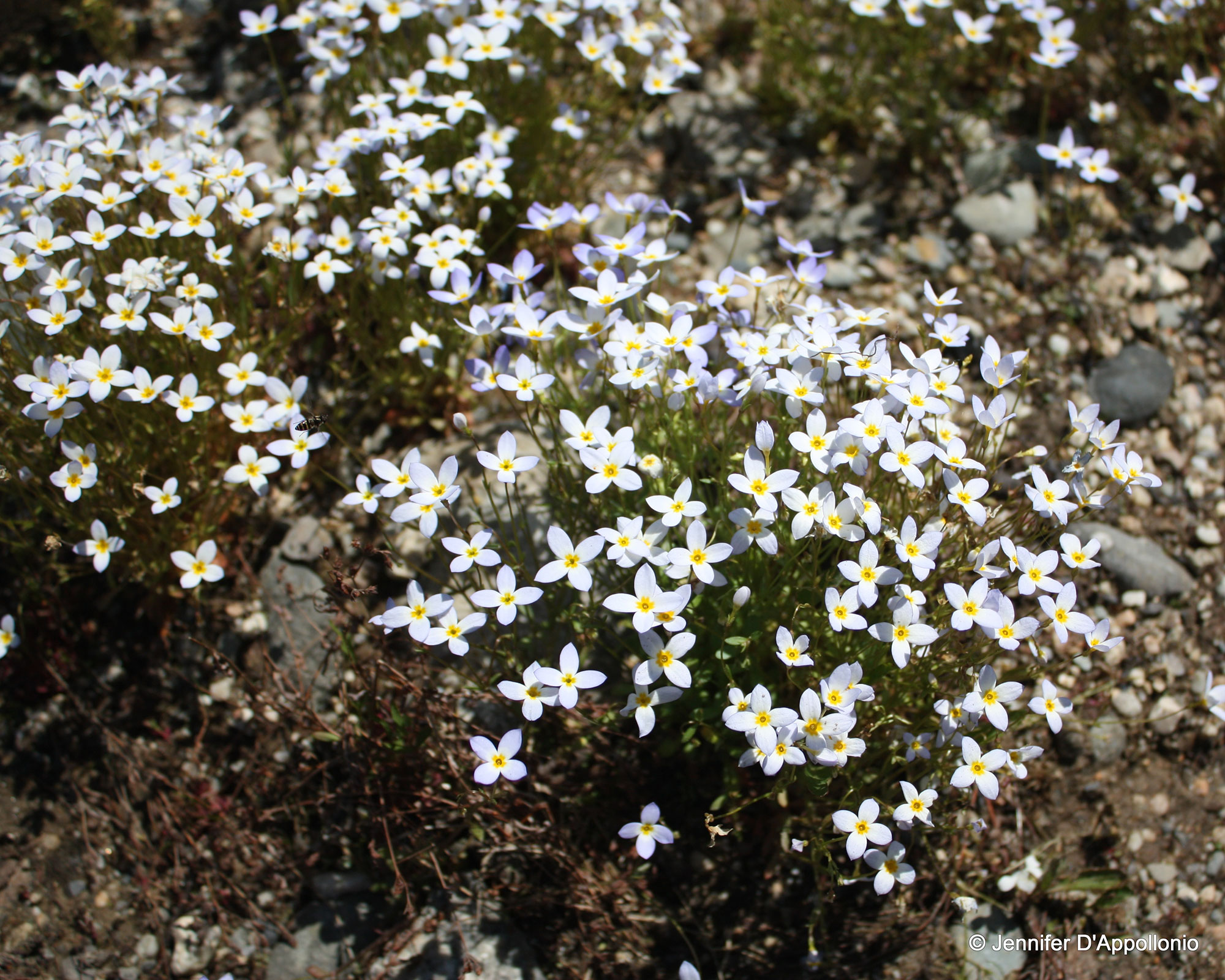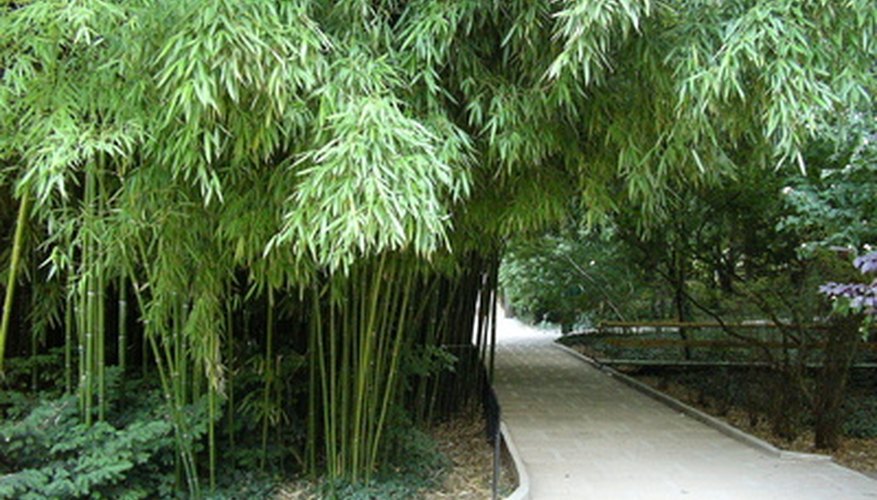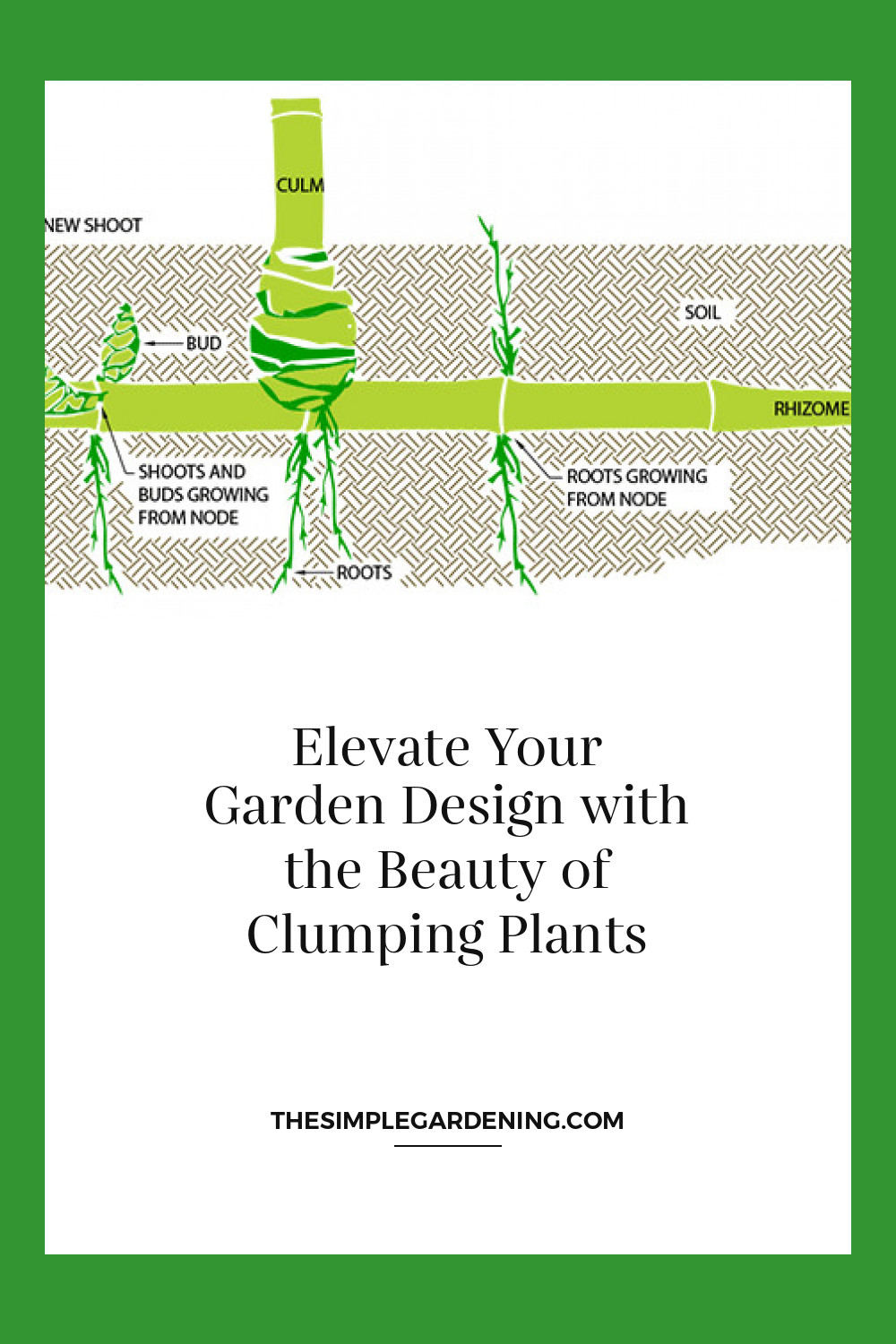Introduction to Clumping Growth Habit
Clumping growth habit refers to plants that grow in dense, compact forms, often forming distinct clusters or tufts. This characteristic contrasts with spreading or solitary growth patterns, making clumping plants versatile additions to any garden. They offer not only visual interest but also practical benefits like erosion control and wildlife support.
Definition and Characteristics of Clumping Plants
Clumping plants are characterized by their tendency to grow in tight clusters, with new growth originating close to the parent plant. This growth pattern often results in a bushy or tufted appearance, ideal for creating focal points or borders in garden designs.
Table 1: Examples of Clumping Plants
| Plant Name | Growth Habit | Height | Spread | Special Features |
|---|---|---|---|---|
| Ornamental Grasses | Tufted | Varied | Varied | Foliage Colors, Texture |
| Daylilies | Rosette | 1-4 feet | 1-2 feet | Seasonal Blooms, Drought Tolerance |
| Agapanthus | Clumping | 2-3 feet | 1-2 feet | Showy Flowers, Evergreen Foliage |
Detailed Explanation: Clumping plants often exhibit specific growth habits that can vary widely across species. They are valued for their ability to fill spaces effectively and provide a dense, textured look in garden beds.
Aesthetic Appeal of Clumping Growth Patterns
The clustered growth of clumping plants offers unique aesthetic benefits in garden design. Unlike solitary plants, clumpers create dynamic focal points and add depth to landscaping with their dense foliage and varying heights.
Table 2: Aesthetic Considerations in Garden Design
| Design Element | Description |
|---|---|
| Focal Points | Using tall clumping plants to draw attention and create visual interest. |
| Texture Contrast | Pairing fine-textured clumpers with bold foliage for dramatic effect. |
| Color Harmony | Choosing plants with complementary colors to create harmonious displays. |
Detailed Explanation: Incorporating clumping plants strategically enhances visual interest by playing with texture, height, and color contrast. This approach creates balanced and visually appealing garden compositions.

Source Image: www.pinterest.jp
Variability in Clumping Habit Across Plant Species
Clumping plants exhibit a wide range of growth habits, influenced by factors such as species genetics and environmental conditions. This variability allows for diverse choices in garden landscaping, catering to different aesthetic preferences and functional needs.
Table 3: Variability in Clumping Habit
| Plant Type | Growth Form | Examples | Characteristics |
|---|---|---|---|
| Grasses | Tufted | Fountain Grass, Blue Fescue | Fine texture, varying heights |
| Perennials | Rosettes | Hostas, Sedums | Seasonal blooms, low maintenance |
| Shrubs | Clustering | Spiraea, Potentilla | Evergreen foliage, compact growth |
Detailed Explanation: Understanding the diversity in clumping habits helps gardeners select plants that suit their specific design goals and environmental conditions. From ornamental grasses that sway gracefully in the wind to compact shrubs that provide year-round structure, each type contributes uniquely to garden aesthetics.
Benefits of Clumping Plants
Beyond their visual appeal, clumping plants offer numerous practical benefits that enhance garden health and sustainability. These include erosion control, soil stabilization, and support for biodiversity.
Table 4: Practical Benefits of Clumping Plants
| Benefit | Description |
|---|---|
| Erosion Control | Dense root systems stabilize soil on slopes and prevent erosion. |
| Soil Stabilization | Clumping plants reduce soil compaction and improve soil structure. |
| Biodiversity Support | Provide habitat and food sources for insects, birds, and small mammals. |
Detailed Explanation: Clumping plants play a crucial role in maintaining ecosystem balance by preventing soil erosion, promoting soil health, and supporting a diverse range of wildlife. Their clustered growth forms create microhabitats that attract beneficial insects and birds, contributing to overall garden resilience.
Selecting Clumping Plants for Aesthetic Appeal
Choosing the right clumping plants involves considering factors beyond their growth habits. Elements like color, form, and seasonal changes contribute significantly to the overall visual impact of garden landscapes.
Table 5: Factors to Consider When Selecting Clumping Plants
| Factor | Considerations |
|---|---|
| Color | Choose plants with foliage and blooms that complement each other. |
| Form | Select plants with varied heights and textures for visual interest. |
| Seasonal Interest | Opt for species that offer blooms or foliage changes throughout the year. |
Detailed Explanation: By strategically selecting clumping plants based on these factors, gardeners can create visually dynamic and harmonious landscapes that evolve with the seasons. This approach ensures year-round interest and enhances the overall aesthetic appeal of the garden.

Source Image: extension.umaine.edu

Source Image: www.slideserve.com

Source Image: beautifulbamboo.com
Clumping Growth Habit

Source Image: sunshinecoastplants.com.au

Source Image: www.gardenguides.com

Source Image: www.pinterest.com
Clumping Growth Habit

Source Image: www.pinterest.com

